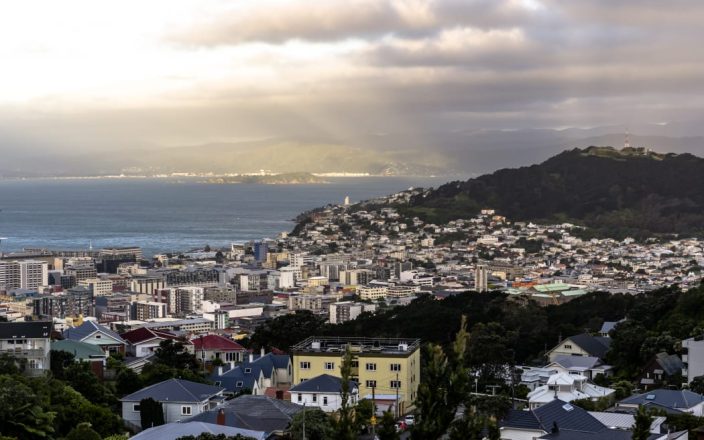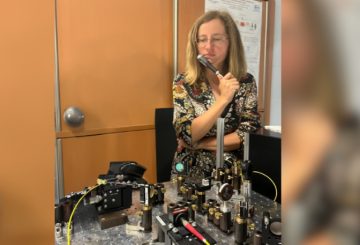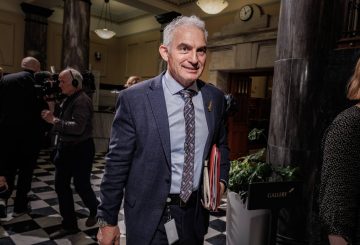RUU Persetujuan Jalur Cepat dapat membawa 8.000 rumah baru ke Wellington.
Pada hari Minggu, pemerintah mengumumkan 149 proyek yang termasuk dalam RUU ini, yang akan diserahkan ke komite pemilihan lingkungan bulan ini. Di antaranya, enam dari 11 proyek bertujuan untuk menciptakan lebih dari 8.000 rumah di Pantai Kāpiti dan Lembah Hutt.
Perusahaan Wellington memiliki dua proyek yang direncanakan, yang dapat menambah 2.350 rumah di sekitar Pantai Kāpiti. Perkembangan di Plimmerton Farm di Porirua dan Silverstream Forest di Upper Hutt juga telah disetujui, meskipun ada beberapa kontroversi di masa lalu.
Porirua diperkirakan akan mendapatkan 3.300 rumah baru berdasarkan RUU ini. Proyek Plimmerton Farm berencana membangun 2.400 rumah, bersama dengan area komersial, desa pensiun, dan sekolah. Namun, kelompok lingkungan mengkritik proyek ini karena kedekatannya dengan Rawa Taupo, area alam yang signifikan. Walikota Porirua, Anita Baker, mendukung proyek tersebut, menyatakan bahwa kota sangat membutuhkan lebih banyak perumahan.
Pengembangan Hutan Silverstream berencana membangun 1500-2040 rumah baru di lahan seluas 330 hektar. Ada penentangan dari Dewan Kota Hutt Atas, yang mencoba memblokir proyek dengan mengubah zonasi lahan karena lokasinya dekat tempat pembuangan sampah.
Proyek New Central Park Wellington Company akan menambah 1.800 rumah baru dan memperluas Pusat Kota Paraparaumu dengan opsi komersial dan ritel baru. Proyek lain di Ōtaki Māori Racing Club akan mencakup 550 rumah, dan Waikanae dapat melihat 1.000 rumah baru dari Waikanae North Developments.
Selain itu, proyek “Terowongan Panjang” bertujuan untuk membangun terowongan sepanjang 4 km di bawah kota untuk memudahkan lalu lintas di titik-titik kemacetan. Badan Transportasi Selandia Baru saat ini sedang menyelidiki rencana terowongan ini.
Proyek lain yang disetujui termasuk mengganti kabel bawah laut antara Kepulauan Utara dan Selatan dan penggantian tembok laut di Bandara Wellington.





























































